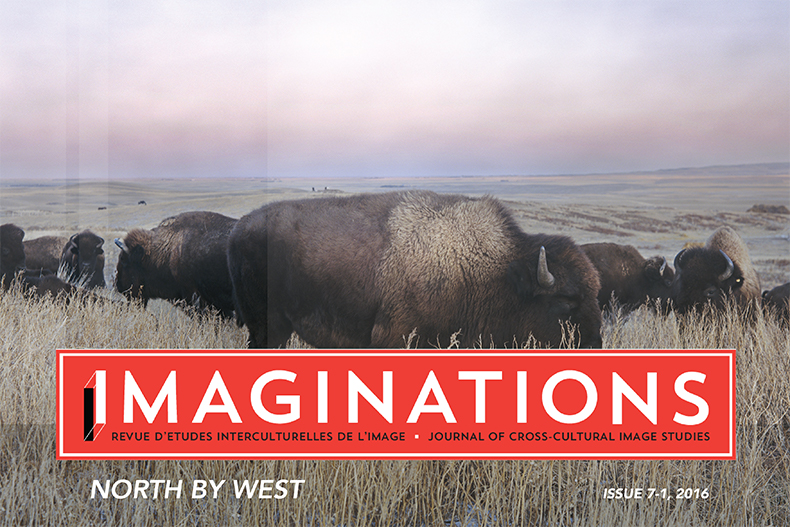Poke you in the Heart: What can a photo say, what should it say, and how is that affected by the perspective of the photographer and the audience?
DOI:
https://doi.org/10.17742/IMAGE.NBW.7-1.14Abstract
Abstract | In this article, the author uses the photographs of two artists (Nadia Bouchier and Aaron Vincent Elkaim) in order to explore the experience of the members of Fort McKay, Alberta as well as western-Canadian visual discourse. Three important perspectives come together in this piece: Nadia, the photographer who has lived in the community of Fort McKay for most of her life; Aaron, the artist and photographer who spent several months in the community of Fort McKay; and the author as an anthropologist attempting to do justice to both photographers’ work and provide some analysis regarding the larger issues of Indigenous rights, environmental issues, and western-Canadian visual discourse. The purpose of this article is to explore answers to the questions that are posed in its title: what can a photo say, what should it say, and how is these imagistic utterances shaped by both the perspective of the photographer and the audience? Exploring the political nature and meaning of art is important to the discipline of photography, to the study of visual representation, and to the way that community members and outsiders conceive of the Canadian West, the oil sands, and the community of Fort McKay, Alberta.
Résumé | Dans cet article, l’auteur utilise les photos de deux photographes (Nadia Bouchier et Aaron Vincent Elkaim) afin d’explorer l’expérience des membres de Fort McKay en Alberta, ainsi que le dialogue visuel Ouest canadien. Trois perspectives importantes sont unis dans cette pièce : Nadia, le photographe qui a vécu dans la communauté de Fort McKay pour la plupart de sa vie ; Aaron, l’artiste et photographe qui a passé plusieurs mois dans la collectivité de Fort McKay; et l’auteur en tant qu’anthropologue tenter de rendre justice au travail de deux photographes afin de fournir une analyse sur les grandes questions de droits indigènes, les questions environnementales, et discours visuel de l’Ouest canadien. Le but de cet article est d’explorer les réponses aux questions qui sont posées dans le titre : que peut dire une photo, que devrait-elle dire, et comment est cela affecté par la perspective du photographe et le consommateur le l’art ? Explorer la nature et le sens de l’art politique est important pour la discipline de la photographie, à l’étude de la représentation visuelle, ainsi que la façon dont les membres de la communauté et les étrangers conçoivent de l’Ouest canadien, les sables bitumineux, et la communauté de Fort McKay.
Downloads
Published
How to Cite
Issue
Section
License

This work by https://journals.library.ualberta.ca/imaginations is licensed under a Creative Commons 4.0 International License although certain works referenced herein may be separately licensed, or the author has exercised their right to fair dealing under the Canadian Copyright Act.




